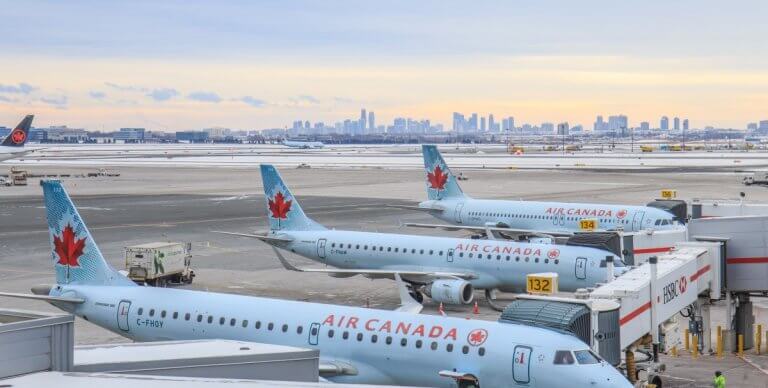
If you’re planning to study abroad in Canada, before applying for your student visa, you should know about the new biometric rule recently rolled out to Asia, Asia Pacific, and the Americas.
This is the second phase of the program, with the first being introduced in late July last year, affecting applicants from Europe, the Middle East, and Africa.
The biometric rule applies to anyone seeking a Canadian visitor visa, work or study permit, or permanent residency, including express entry candidates and those seeking asylum in Canada.
You’ll have to submit you fingerprints and a photo as part of the biometric program. This includes those from visa-exempt countries, despite previously reports claiming they would not be subjected to the program.
The rule has caused some controversy, mainly due to accessibility concerns, as the new rule means students will now have to apply in person.
This makes it difficult for those in certain countries who have to travel a long distance to get to the application centres.
Sheridan College’s International Business Development and Partnerships Manager, Gabriela Facchini, told The PIE News, “We believe [the new regulations] will affect our ability to get students from more remote cities and smaller communities.”
The application centres tend to be in major cities, which creates problems for students who live in other areas.
“Students in these areas will likely choose other destinations for their study travel where biometrics is not required,” suggested Facchini.

Student visa applicants will have to submit their fingerprints and a photo as part of the biometric program. Source: Shutterstock
Assistant Deputy Minister for Immigration, Refugee and Citizenship Canada, Harpreet S. Kochhar, said at the CBIE conference in late 2018, that this will “fundamentally change” the way people apply for visas, especially in those countries such as China and India where applicants usually employ consultants.
Canada has, in fact, expanded its global network of visa application centres, planning to have at least 157 centres in 105 countries by November this year.
However, Languages Canada and Colleges and Institutes Canada have both expressed their concerns for the added burden placed on students, particularly those coming from regions with fewer or no application centres who will have to travel long distances to apply for visas.
Languages Canada’s first source market, Brazil, has five centres, while Japan, the second, has only one.
According to the IRCC (Immigration, Refugees and Citizenship Canada), over 80,000 visas for Indian students became effective in the first 10 months of 2018, and the country has 10 visa application centres.
China, with over 77,000 students over the same period, has 12 centres. The IRCC said they are in the process of expanding the capacity of existing centres in India, China and the Philippines.
“While we know that IRCC is doing its best to service all those interested in coming to Canada, the first impact is that of the unknown repercussions of the new biometrics requirements as it expands,” Languages Canada’s Executive Director, Gonzalo Peralta told The PIE.
“At this point, our main concern is the uncertainty the new process is creating, and that is something unavoidable. Our concern, of course, is that the new measures may impact student enrolment at our member institutions.”
Kocchar said, “Biometrics submission will only be required once every 10 years for those on a temporary visitor, study or work visa – which is less frequently than other countries.”
Liked this? Then you’ll love…
Canada: International students want more support – report
Removing the barriers for international students to work and settle in Canada







